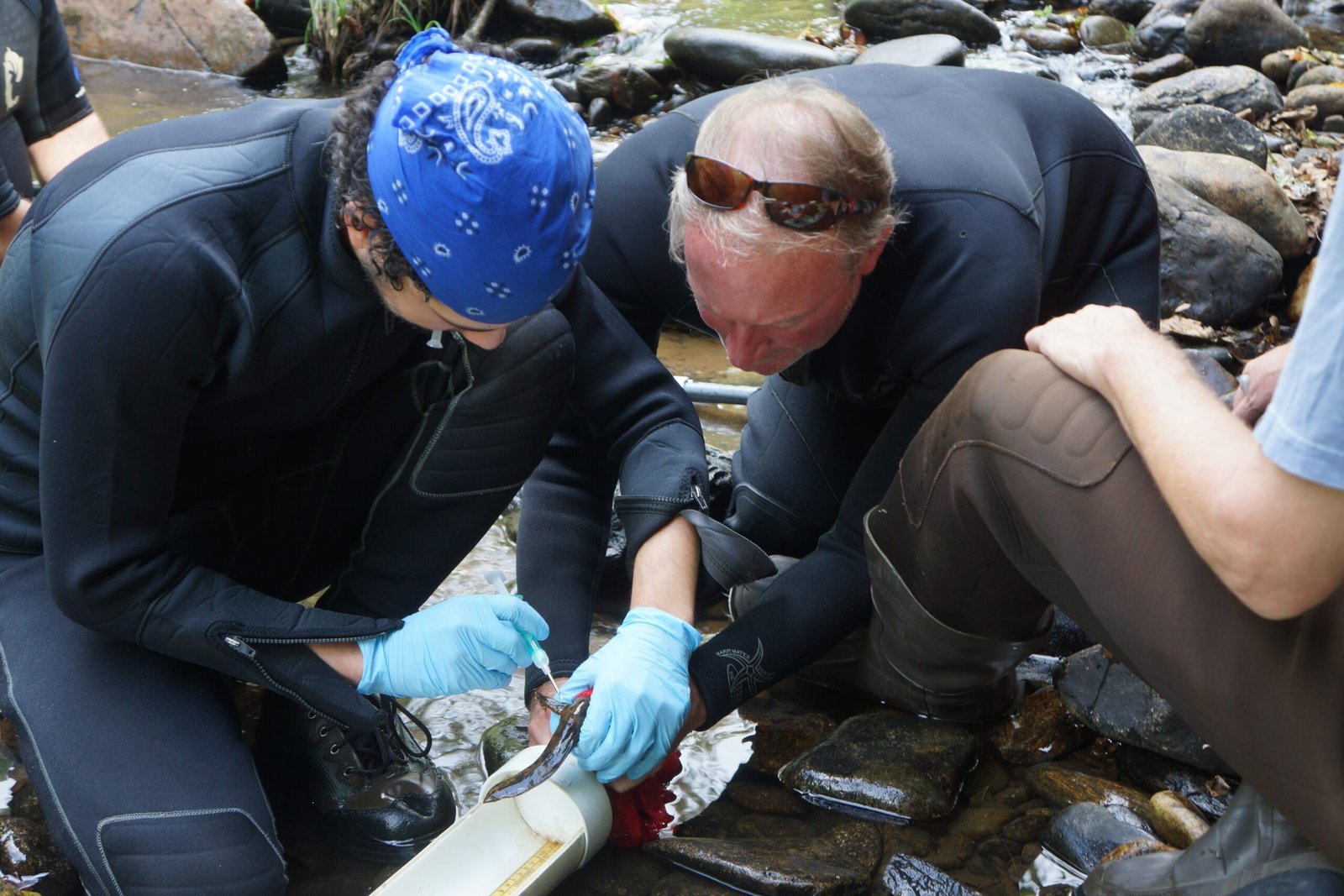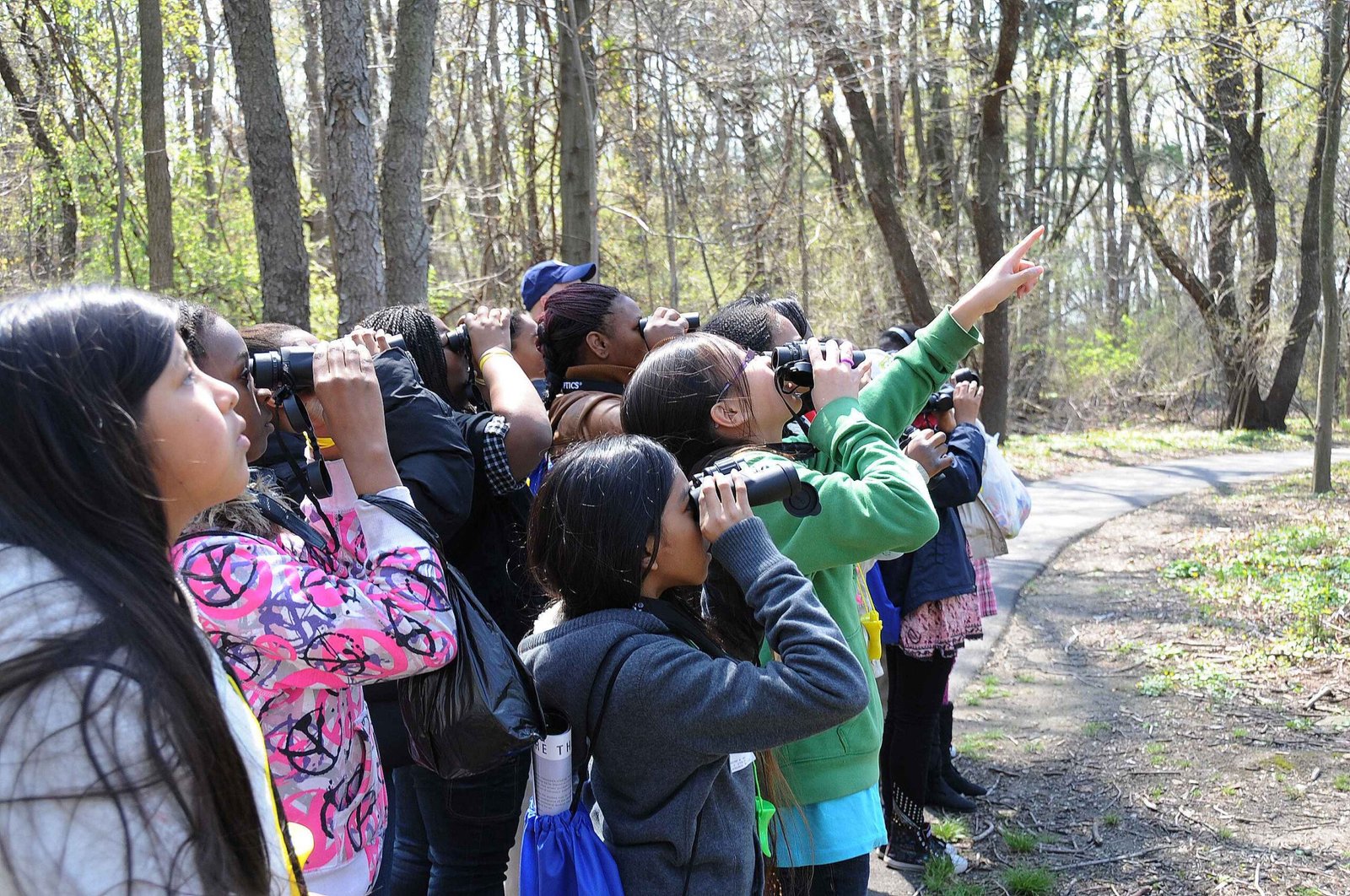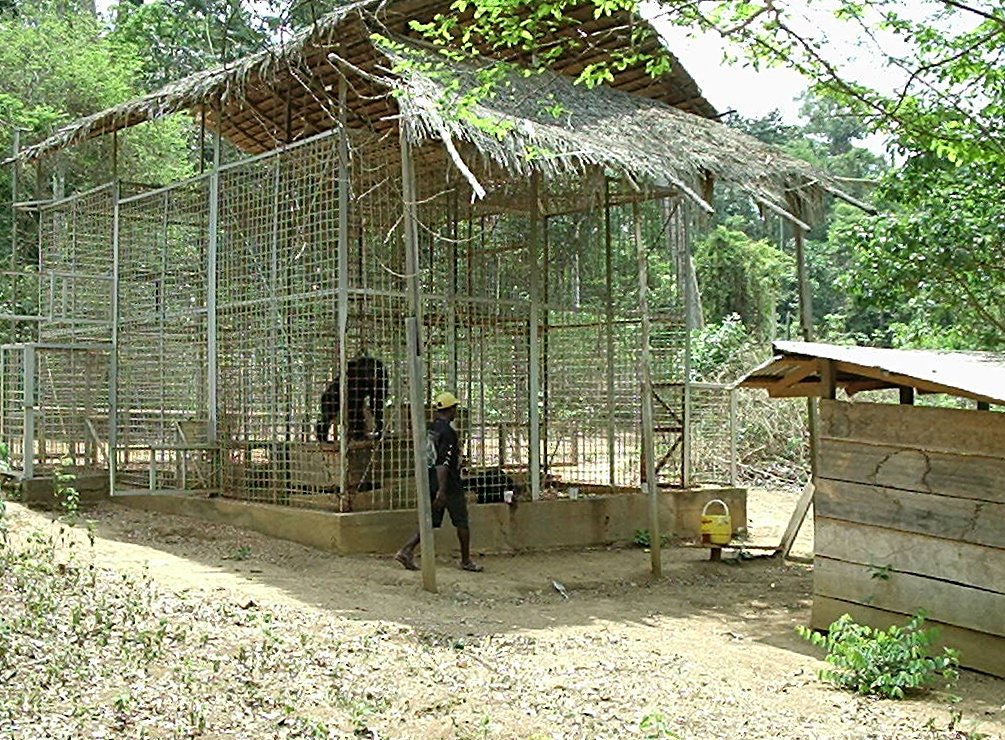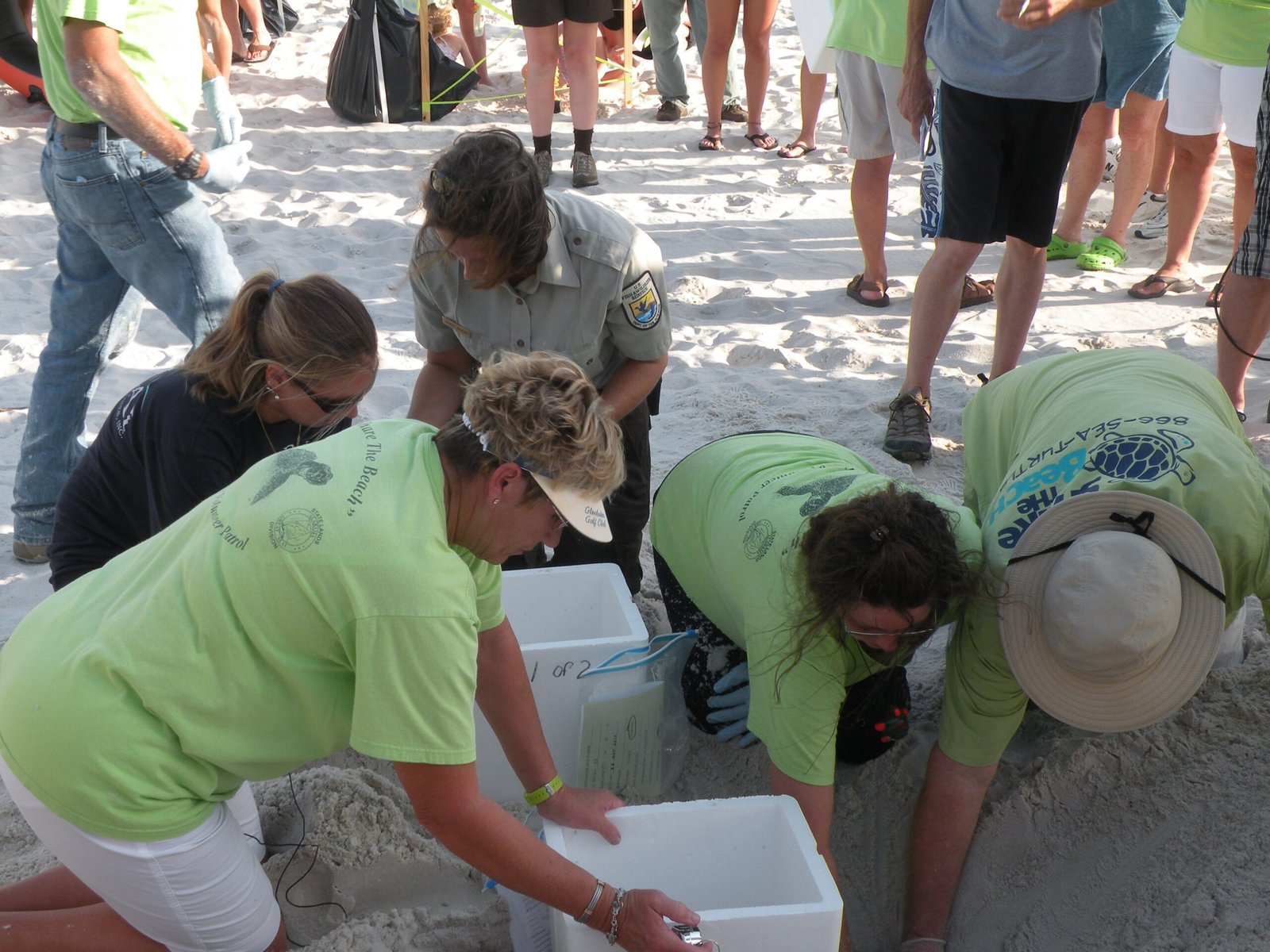The world is facing a shocking biodiversity crisis—countless animal species are teetering on the edge of extinction, and the clock is ticking faster than ever before. But amidst this race against time, a surprising hero has emerged: the modern zoo. Far from the old image of cages and concrete, today’s zoos are vibrant centers of science, compassion, and hope. They are on the front lines, wielding a powerful blend of cutting-edge research, passionate care, and public education to rescue species that might otherwise vanish forever. Imagine a world without elephants, tigers, or rhinos—modern zoos are determined to ensure that never becomes reality. Their work is nothing short of inspiring, and the impact ripples far beyond the enclosures.
Breeding Programs: The Heartbeat of Conservation
At the center of many zoos’ conservation efforts are carefully managed breeding programs. These programs aren’t just about increasing numbers—they are about preserving genetic diversity and preparing animals for a possible return to the wild. Scientists work tirelessly, tracking bloodlines and health records, to ensure the best matches and avoid inbreeding. The California condor, once reduced to just 27 individuals, is a shining example of how zoos can turn the tide; dedicated breeding programs have helped their numbers soar into the hundreds. Each chick hatched is a tiny symbol of hope, a living testament to what collaboration and science can achieve. The process is delicate, involving not only biology but also understanding animal behavior to create the right conditions for breeding success. These programs often represent the last lifeline for species on the brink.
Reintroduction Initiatives: Returning Animals to the Wild

Modern zoos are not content with simply housing animals; their ultimate goal is to see these creatures thrive in their natural habitats once again. Reintroduction programs are a bold and challenging aspect of conservation, requiring careful planning and relentless dedication. The Arabian oryx, for example, was declared extinct in the wild in the 1970s, but thanks to zoo-led efforts, herds now roam free once more in the deserts of Arabia. Preparing animals for release involves training them to find food, avoid predators, and sometimes even teaching them how to be part of a herd. It’s a race against time and habitat loss, but every successful release is a victory for nature. These reintroduction stories are filled with suspense, heartbreak, and triumph, reminding us that recovery is possible—even from the edge of oblivion.
Genetic Research and Cryopreservation

In the age of science, zoos have become high-tech hubs where genetics play a starring role. Researchers analyze DNA to identify the healthiest individuals for breeding, prevent disease, and maintain robust populations. One of the most fascinating advances is cryopreservation—freezing eggs, sperm, and even embryos for future use. This “frozen ark” holds the promise of reviving species even if their numbers dwindle dangerously low. The black-footed ferret is one remarkable beneficiary; after nearly vanishing, genetic material preserved by zoos has helped restore the population. These scientific breakthroughs are quietly revolutionizing conservation, offering hope where once there was only despair. Genetic tools allow zoos to outsmart extinction, ensuring every species gets a fighting chance.
Habitat Simulation and Enrichment

Gone are the days of bare cages; today’s zoos recreate lush, complex habitats that mimic the wild. This approach is not just about aesthetics—the goal is to keep animals healthy, both physically and mentally. Enrichment activities, such as puzzle feeders or scent trails, challenge animals to use their natural instincts and skills. For gorillas, this might mean foraging for hidden treats; for big cats, it could involve tracking scents or climbing structures. These efforts reduce stress, encourage social behaviors, and prepare animals for life beyond the zoo. Immersive environments also allow scientists to study animals’ needs and preferences, refining care and conservation strategies. The result is a more dynamic, humane, and effective approach to saving species.
Education: Inspiring the Next Generation of Conservationists

Perhaps the most powerful tool zoos wield is education. By connecting people—especially children—with wildlife, zoos plant seeds of empathy and stewardship. Interactive exhibits, keeper talks, and hands-on activities turn visitors into passionate advocates for endangered animals. When someone looks into the eyes of a red panda or hears the roar of a lion, conservation becomes personal and urgent. Many zoos also run outreach programs, bringing the message of wildlife protection into schools and communities. As one young visitor once said, “You can’t love what you don’t know, and you can’t save what you don’t love.” Zoos provide the spark that can ignite a lifetime of caring and action for our planet’s precious creatures.
Collaboration Across Borders
No zoo can save species alone—global cooperation is essential. Modern zoos form networks, sharing expertise, animals, and genetic material through organizations like the World Association of Zoos and Aquariums. When a species is in trouble, zoos around the world unite, pooling resources and information to maximize impact. The European Endangered Species Program, for example, coordinates breeding across dozens of institutions to ensure healthy populations. These partnerships also extend to conservation projects in the wild, where zoos provide funding, training, and scientific support. This spirit of collaboration turns isolated efforts into powerful movements, amplifying every victory in the fight against extinction.
Rescuing and Rehabilitating Injured Wildlife

Zoos often serve as sanctuaries for animals injured by human activity or natural disasters. From orphaned orangutans to turtles caught in fishing nets, these creatures are given expert medical care and a second chance. Dedicated veterinary teams work around the clock, using state-of-the-art facilities to heal wounds, treat illnesses, and rehabilitate traumatized animals. In some cases, once recovered, these animals can be released back into the wild. Every rescue is a powerful reminder of the challenges wildlife faces—and the compassionate response of people determined to help. These stories of survival inspire hope and highlight the vital role zoos play in crisis response.
Public Engagement and Citizen Science

Modern zoos don’t just educate—they invite the public to become active participants in conservation. Through citizen science projects, visitors can help monitor animal behavior, collect data, and even spot rare species during zoo-organized events. These activities make science accessible and fun, turning ordinary people into wildlife detectives. By involving the community, zoos multiply their impact and foster a sense of shared responsibility for protecting nature. It’s a powerful way to show that everyone has a role to play, no matter their background or expertise.
Funding Field Conservation Projects
A significant portion of zoo revenue goes directly to conservation initiatives in the wild. Many zoos support anti-poaching patrols, habitat restoration, and research programs in some of the world’s most threatened ecosystems. For example, funds from ticket sales and donations might help protect rhinos in Africa or restore coral reefs in the Pacific. By linking the visitor experience to real-world action, zoos turn entertainment into empowerment. This financial support is often critical, bridging the gap between ambitious conservation plans and the resources needed to make them a reality.
Shaping Policy and Advocacy
Zoos are using their influence to advocate for stronger wildlife protection laws and sustainable practices. Through campaigns, partnerships with governments, and public statements, they raise awareness about threats like habitat destruction, climate change, and illegal wildlife trade. Many zoos also collaborate with policymakers to develop science-based regulations that benefit both animals and people. Their voices carry weight, backed by expertise and the trust of millions of visitors. By shaping public opinion and driving political action, zoos extend their impact far beyond their gates.
The Role of Zoos in a Changing World
As habitats shrink and climate change accelerates, the challenges facing wildlife are more complex than ever. Modern zoos are rising to meet these challenges, constantly evolving their strategies and technologies. They are embracing sustainability, reducing their own environmental footprint, and acting as models for responsible stewardship. Zoos are also preparing for the unexpected—whether it’s a disease outbreak or a natural disaster—by developing emergency plans for the animals in their care. Their adaptability and resilience are testaments to their enduring commitment to the world’s most vulnerable species.
A Future Filled With Hope
Every animal saved, every species brought back from the brink, is a victory for all of us. Modern zoos are proving that with determination, science, and compassion, we can rewrite the fate of endangered wildlife. They remind us that extinction is not inevitable, and that together, we can be the generation that turns the tide. Can you imagine a world where every child grows up alongside elephants and tigers, not just in stories, but in living, breathing reality?


